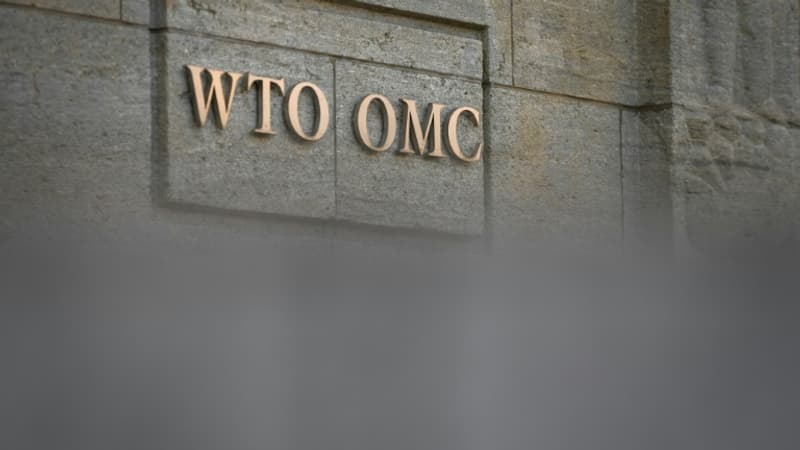World trade growth is expected to slow this year, tempered by the war in Ukraine, inflation, tighter monetary policies and financial uncertainty, according to WTO projections released on Wednesday.
The outlook for the world economy has improved slightly since the World Trade Organization’s latest trade forecast was released in October, but the pace of trade expansion in 2023 is expected to be “subdued.”
WTO economists now forecast merchandise trade volume growth of 1.7% in 2023, up from the 1.0% estimate made in October, after rising 2.7% in 2023. 2022 .
According to the WTO, a key factor in this improvement is the relaxation of controls related to the Covid-19 pandemic in China, which should release pent-up consumer demand in the country and thus stimulate international trade.
WTO economists also expect real GDP growth of 2.4%.
Thus, the growth rates of trade and output are expected to be lower than their respective averages of 2.6% and 2.7% recorded over the 12-year period following the collapse in trade caused by the global financial crisis. , also points out the WTO.
“It is even more important that governments avoid fragmenting trade and refrain from creating barriers to trade,” he continues.
“turbulent zones”
The increase in the volume of world trade of 2.7% in 2022 is more feasible than the 3.5% rate expected in the month of October by the WTO, in reason of the chute observed in the fourth quarter of the last year.
According to the WTO, several factors have contributed to this drop, including rising global commodity prices, tightening of monetary policy in response to inflation, and outbreaks of Covid-19 that disrupted production and trade in China.
According to WTO chief economist Ralph Ossa, “the lingering effects of COVID-19 and rising geopolitical tensions are the main factors affecting trade and output in 2022 and are likely to continue in 2023.”
In the press release, he also noted that “interest rate hikes in advanced economies have also revealed weaknesses in banking systems that could lead to broader financial instability if left unaddressed.”
It calls on governments and regulators to be particularly “watchful of these financial risks” in the coming months.
After years of expansionary monetary policy, central banks are in a difficult situation in which they must find “a balance” that allows them to contain inflation while supporting economic growth and maintaining financial stability, says the WTO, which warns: ” A miscalculation could have negative consequences for the world economy and trade.”
Before adding: “Nobody ever said it would be easy to back off low interest rates and we are likely to hit areas of turmoil.”
In 2024, trade growth is expected to pick up to 3.2% and GDP growth to 2.6%.
But this estimate is “tinged with higher-than-usual uncertainty,” the WTO notes, due to significant downside risks, including rising geopolitical tensions, global food insecurity, the possibility of unforeseen repercussions from stronger monetary policy strict, risks that affect financial stability and the increase in debt levels
Source: BFM TV


